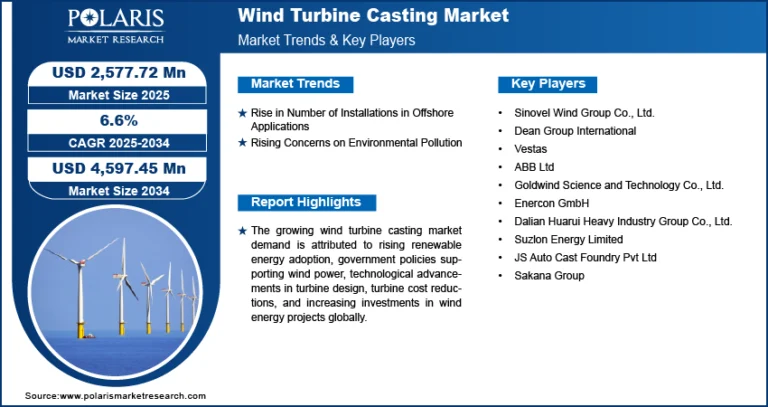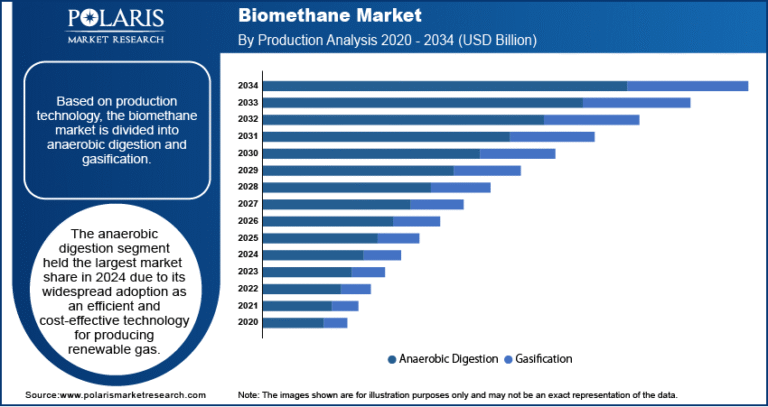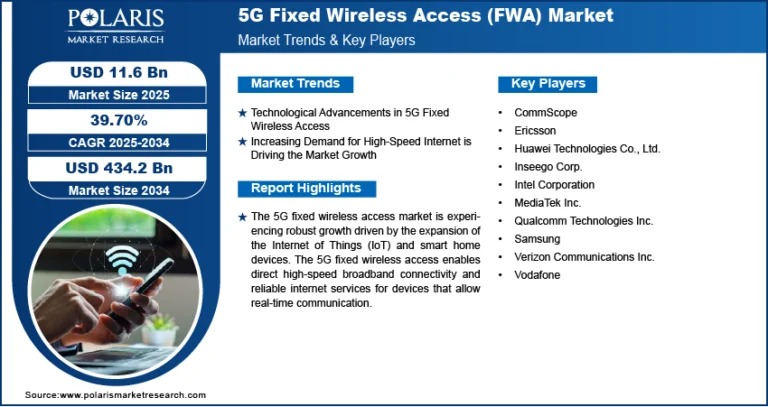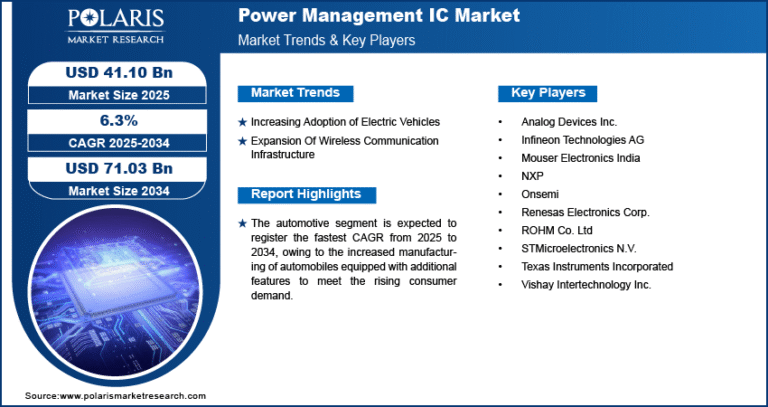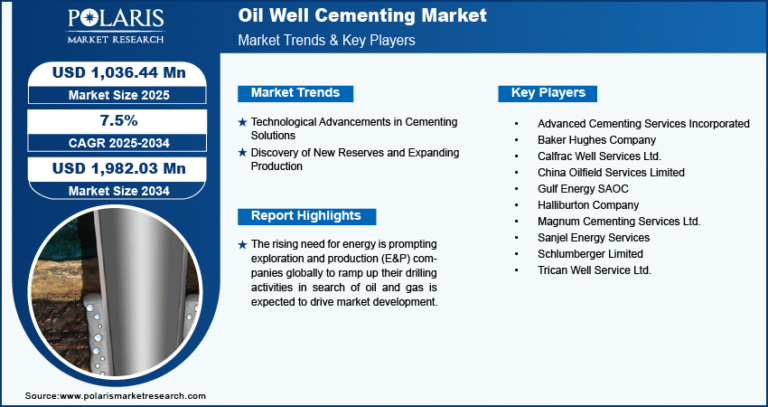Smart Energy Market Size, Share & Trends Analysis growing rate (CAGR) of 9.6% from 2023 to 2030

The global smart energy market size was valued at USD 153.80 billion in 2022 and is expected to grow at a compound annual growth rate (CAGR) of 9.6% from 2023 to 2030. Smart energy is a sustainable, economically viable, and secure energy infrastructure that emphasizes the advancement of renewable energy sources while keeping production costs to a minimum. This intelligent energy system encompasses smart electricity, gas, and heat grids. Additionally, the adoption of intelligent energy systems has the potential to reduce the reliance on traditional fossil fuels. Substantial investments in smart grid technology significantly propels the growth of the market. The installation of smart energy requires various hardware and software components, such as instrumentation, network infrastructure, and network management software.
Request a free sample copy or view report summary: https://www.grandviewresearch.com/industry-analysis/smart-energy-market-report/request/rs1
The global market is expected to experience significant growth owing to a notable increase in demand for dependable power solutions that can effectively support large-scale manufacturing processes. This surge in demand is driven by the commercial and industrial sectors, which are actively investing in new and advanced power sources. Notably, these investments are intended to address the energy needs of substantial data centers and telecommunications firms. By adopting new and efficient power solutions, these sectors aim to enhance the reliability and sustainability of their energy infrastructure.
Furthermore, the rising global concern among governments regarding the challenges posed by growing global warming is expected to drive an increased demand for solar energy. Governments in various countries are tackling this concern by introducing new rebates and incentive programs specifically designed to encourage the adoption of smart energy technologies, with a focus on smart solar solutions. These initiatives by governments are aimed at encouraging both residential and industrial sectors to invest in and install smart energy technologies.
End-user Insights
The industrial segment held the largest revenue share of over 66% in 2022, owing to a substantial demand for smart energy solutions within energy-intensive industrial sectors due to intensive manufacturing processes and operations. As a result, there is a significant demand for these solutions to optimize energy usage, reduce costs, and enhance overall operational efficiency. Smart energy technologies enhance overall operational efficiency by delivering insights into energy consumption patterns and enabling predictive maintenance.
The commercial segment is predicted to foresee significant growth in the forecast period. The commercial sector comprises all enterprises other than those involved in manufacturing and transportation. Smart energy technologies find extensive applications in commercial buildings, including offices, schools, hospitals, warehouses, police stations, shopping malls, hotels, information technology enterprises, and banks. The versatility of these solutions in addressing diverse energy needs within the commercial sector contributes significantly to their widespread adoption.

